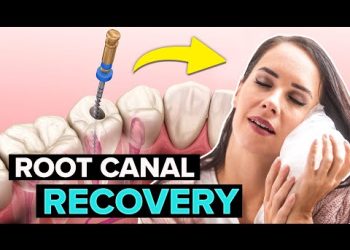Tips for Using a Waterpik Effectively
Water flossers, often known as Waterpiks, are great tools for maintaining oral health. However, many users struggle with the mess these devices can create. As a registered dental hygienist, I’m here to provide a guide on using your Waterpik without turning your bathroom into a splash zone.
Getting Started
First and foremost, don’t be discouraged if you’ve experienced some mess. Remember, any new skill takes time to master, and using a water flosser is no different. With patience and practice, you’ll soon become proficient.
Filling the Water Basin
The first step in using your Waterpik is to fill the water basin. I recommend using warm water, as it can be more comfortable for your gums compared to cold water. Most modern water flossers have a basin that you fill and place back onto the base.
Choosing the Right Tip
Selecting the correct tip is important. While the standard tip can be used by most people, other tips may be available for specific needs such as braces. If in doubt, consult your dental professional to determine which tip is best for you.
Adjusting the Pressure Setting
The pressure setting is crucial for effectiveness and comfort. It’s best to start in the middle range. If the pressure feels too weak, increase it gradually. However, if it feels like your gums are being power washed, reduce the setting. Find a pressure that offers a comfortable massage-like sensation.
Understanding the On/Off Buttons
Some Waterpiks feature two on buttons—one on the unit and another on the handle. This design allows you to position yourself before the water starts flowing. Turn the unit on and only press the handle button once you’re ready, leaning over the sink to minimize splashing.
Technique is Key
To avoid making a mess, keep your lips slightly closed while the water flows. Avoid looking in the mirror, as this often causes water to spray erratically. Instead, focus on feeling the gum line as you guide the tip along.
Navigating the Mouth
Start with the back teeth and move forward. This approach often helps with technique. As you pass from tooth to tooth, pause briefly to allow for optimal cleaning. It’s fine to take a moment between teeth, especially where string floss would traditionally be used.
Aim Correctly
Don’t press the tip directly into the gaps between your teeth. Instead, aim at the gum line near the gaps. This position helps remove debris effectively without causing discomfort. Always follow your dental provider’s advice for your specific needs.
The Benefits of Water Flossers
Water flossers stimulate your gums with high-pressure water, promoting healthy gum tissue. Despite their sometimes messy reputation, when used correctly, they are highly effective in maintaining oral hygiene.
Final Thoughts and Additional Resources
If you’re committed to improving your oral health, explore other resources like my free oral care guide. It includes tutorials on brushing and flossing techniques, as well as nutritional advice. Stay informed and take control of your dental health for a happier, healthier smile.









